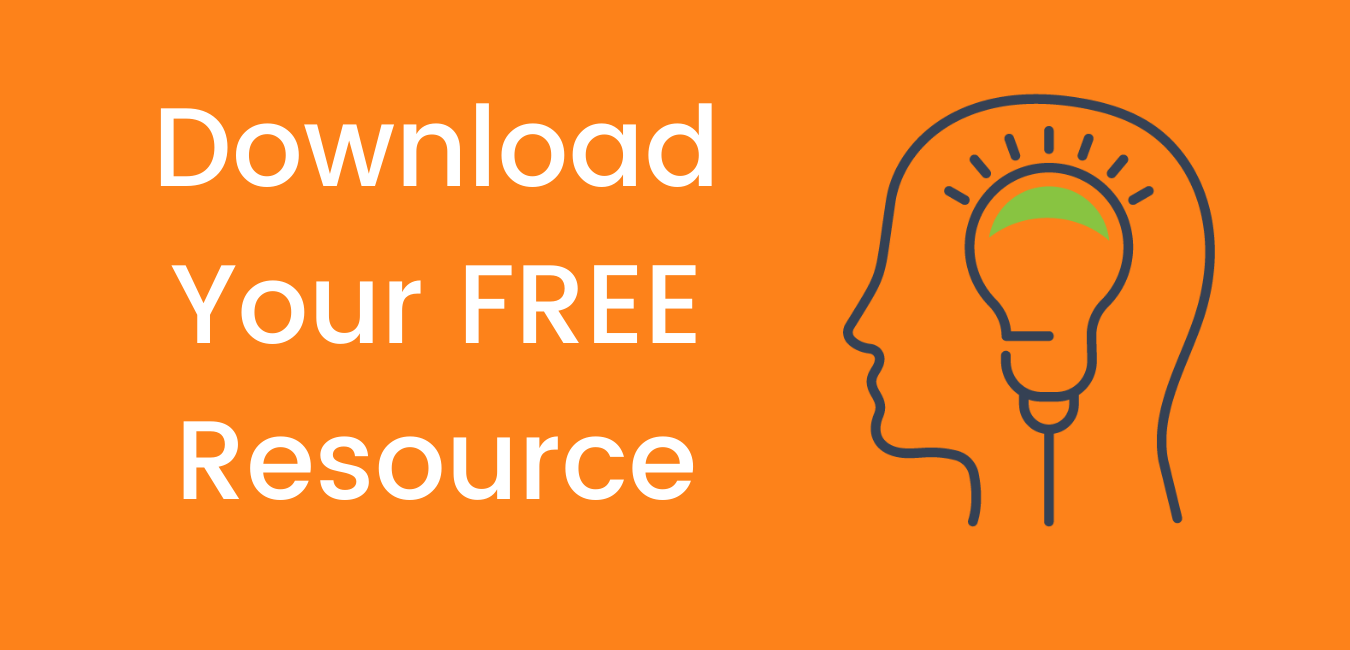Building a Digital Literacy Program that Nurtures Future-Ready Students
Nearly every student and teacher is engaging in some level of digital learning, but that doesn’t mean everyone is equipped with the digital skills for the future. Many education leaders are ready to start taking a closer look at how they deploy digital literacy programs to students.
To help with planning for these, we have updated our in-depth guide that offers a sound process we have refined through years of working with educators embarking on this quest. The process spans four phases:
- Articulate the program’s vision.
- Build an implementation model.
- Scope a framework for alignment.
- Engage teachers throughout the program launch and beyond.
The result of this effort is an equitable and effective digital literacy program, so let’s get started.
FROM THE EBOOK:
"Digital literacy is not just another program in a long list of them; it is the program. At its core, this program aims to transform the ways students learn by empowering them with technology skills to succeed in their future."

Why Digital Literacy?
Digital literacy transforms students from technology users to digital problem-solvers, critical thinkers, and innovative designers.
Future Readiness
Future readiness starts with foundational digital skills that enable students to become nimble, proficient, and digitally literate technology users.
Future readiness starts with foundational digital skills that enable students to become nimble, proficient, and digitally literate technology users.
Empowered Learning
With digital literacy, students learn to harness educational technology to lead their learning, demonstrate their knowledge, and solve real-world problems.
With digital literacy, students learn to harness educational technology to lead their learning, demonstrate their knowledge, and solve real-world problems.
Distance Learning
With distance and online learning, digital skills in computer science, digital citizenship and software use are essential to the success of students in a virtual environment.
With distance and online learning, digital skills in computer science, digital citizenship and software use are essential to the success of students in a virtual environment.
Digital Equity
Digital literacy promotes digital equity by helping to bridge the digital readiness gap and overcome the digital use divide in classrooms, whether in person or online.
Digital literacy promotes digital equity by helping to bridge the digital readiness gap and overcome the digital use divide in classrooms, whether in person or online.